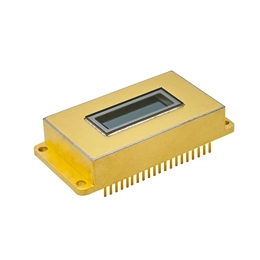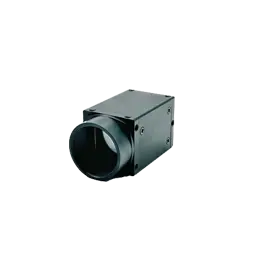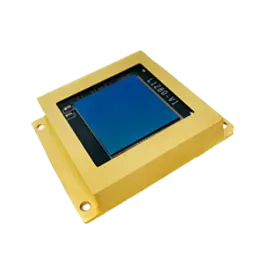
1. Demand for short-wave infrared cameras in the market
Short-wave infrared light is usually defined as light in the wavelength range of 0.9~1.7m, but can also be divided into light in the wavelength range of 0.7~2.5m.
Since silicon sensors have an upper limit of about 1.0m, SWIR imaging requires unique optics and electronics capable of operating in a specific SWIR range. A short-wave infrared camera is an electronic device capable of imaging with short-wave infrared light.
The market for short-wave infrared cameras along with increasing military expenditures will contribute significantly to the market growth. More military funding will mean further upgrades to modern defense equipment and aggressive adoption of short-wave infrared cameras and other thermal imaging technologies.
These short-wave infrared cameras can effectively perform security and surveillance operations, especially in low-visibility areas, making it impossible for enemy forces to conduct unlawful activities without detection.
With growing national security concerns, the shortwave infrared market is projected to experience a surge in demand. In addition, the widespread adoption of thermal imaging tools has propelled the North American short-wave infrared camera market.
For example, in the United States, short-wave infrared cameras are widely used in law enforcement operations. This trend is reinforced by the advent of smart technologies such as 5G, artificial intelligence, and IoT, which are stimulating product innovation by market players in the region.
Since the optical materials for making short-wave infrared lenses are mostly the same as those for visible light, many people simply think that ordinary visible light lenses and short-wave infrared detectors can be used for matching imaging, which is not entirely correct.
Ordinary visible light lenses can indeed pass through the short-wave infrared spectrum, but due to the change of the wavelength band, the optical properties (dispersion) of the optical material undergo essential changes.
The glass combination suitable for ordinary visible light lenses is difficult to achieve chromatic aberration correction in the short-wave infrared band, and the imaging quality in the short-wave infrared becomes very poor, and the system resolution is affected;
In addition, due to the different wavelength bands, the transmittance of visible light lenses in the short-wave band range deteriorates, and the stray light problem may become serious.
Therefore, the short-wave infrared camera lens used in the SWIR band needs special design, and there are not many glass combinations that can be used to correct chromatic aberration to perfectly match the SWIR detector.
Some fluoride glasses have high dispersion coefficient and relatively good physical and chemical properties in this spectral range, so in this spectral range, achromatic materials, the combination of comprehensive stone materials and fluoride glass have good achromatic ability.



